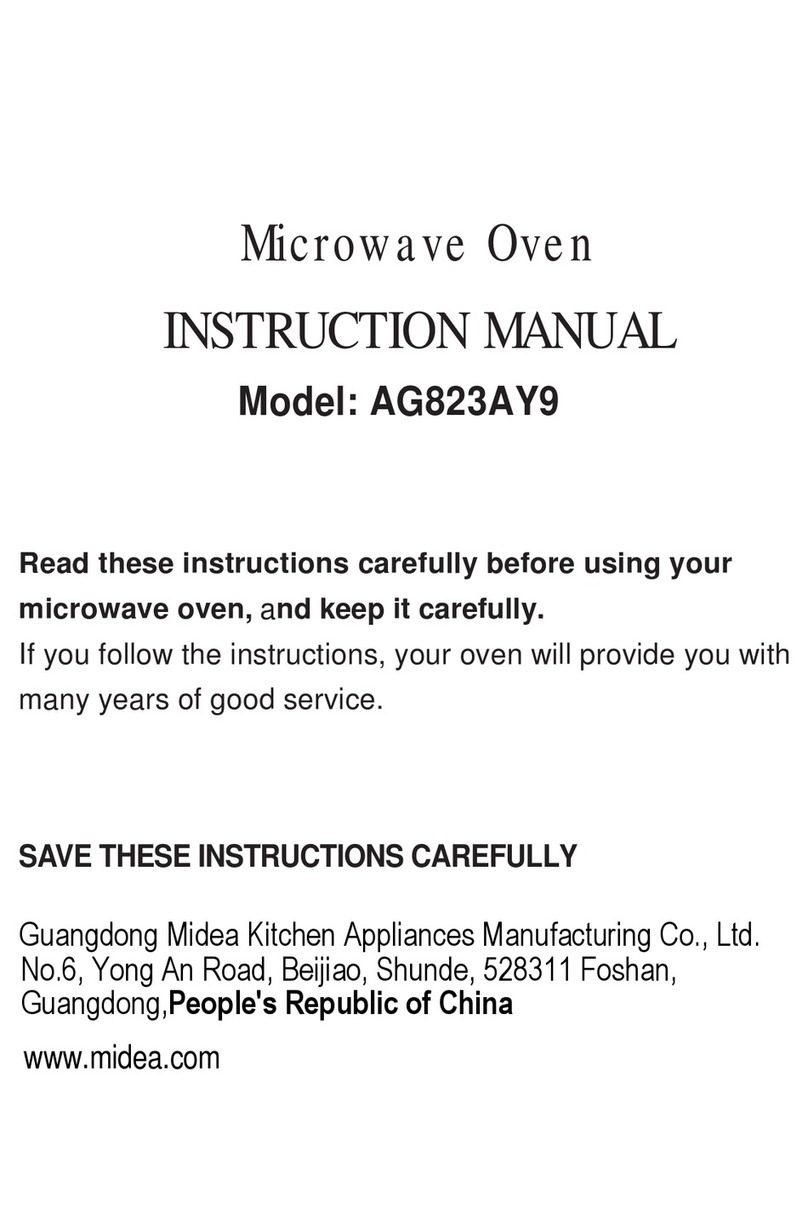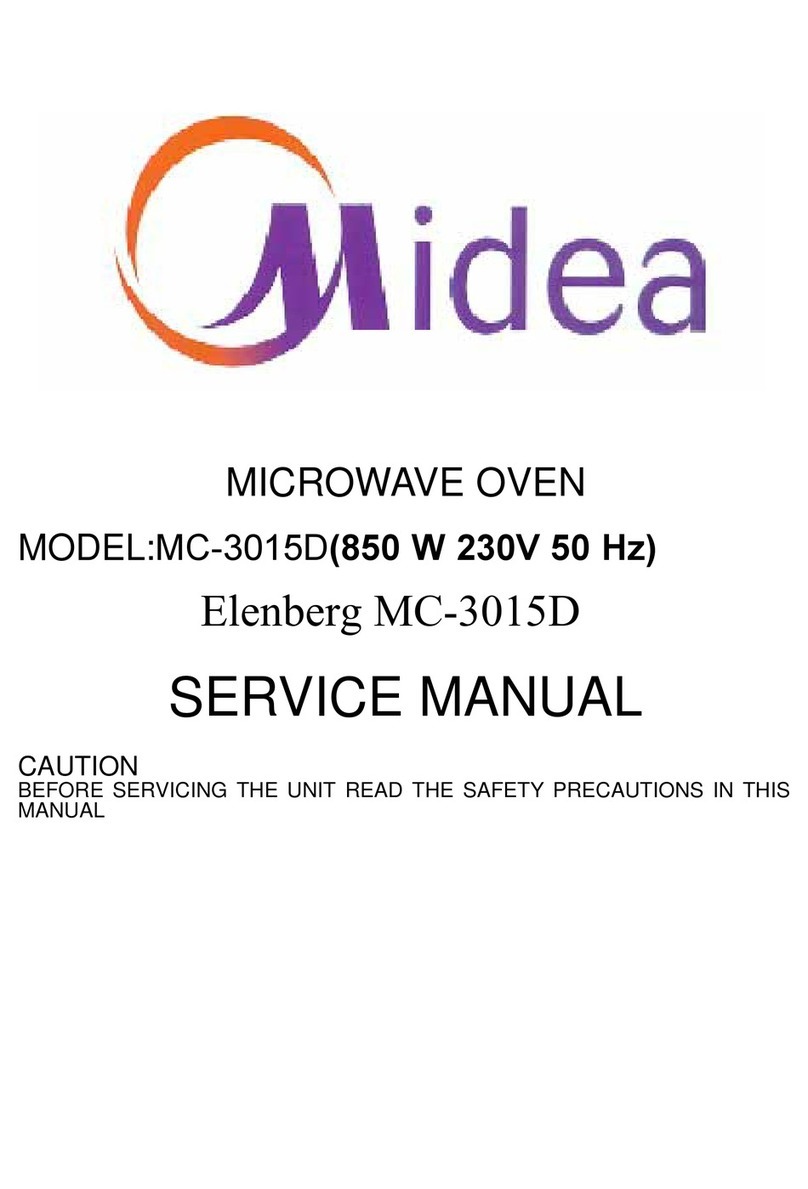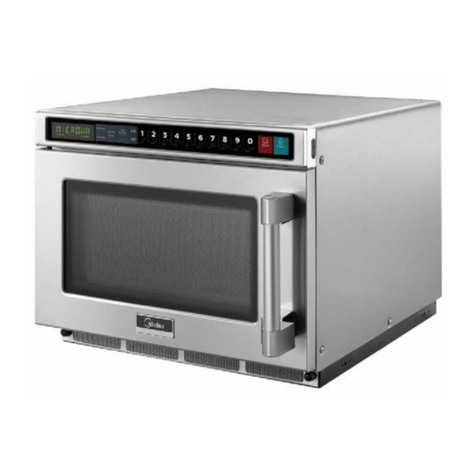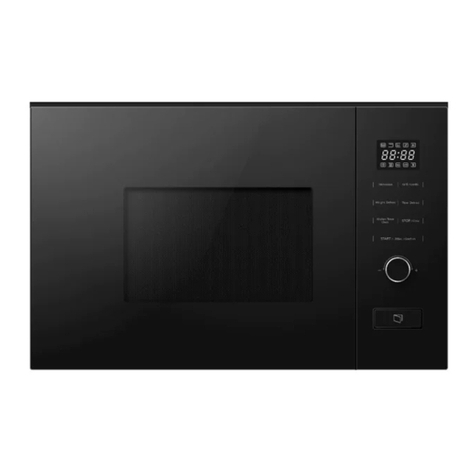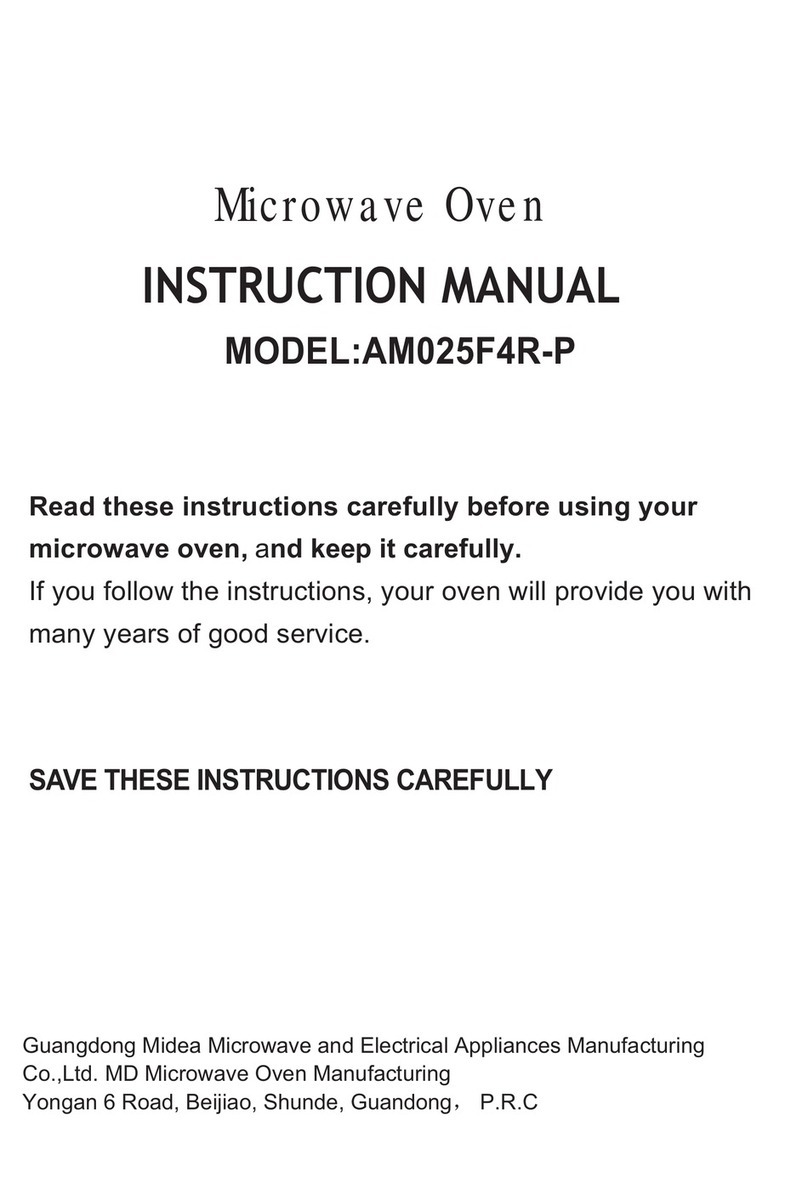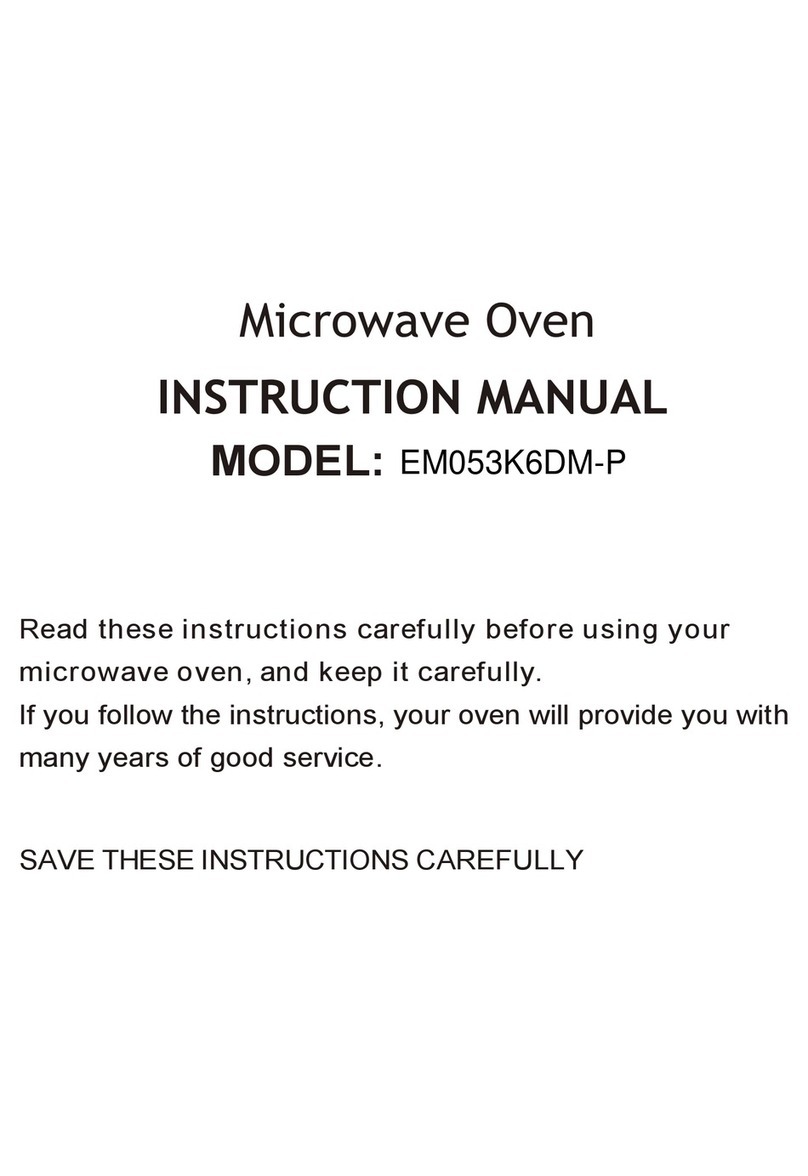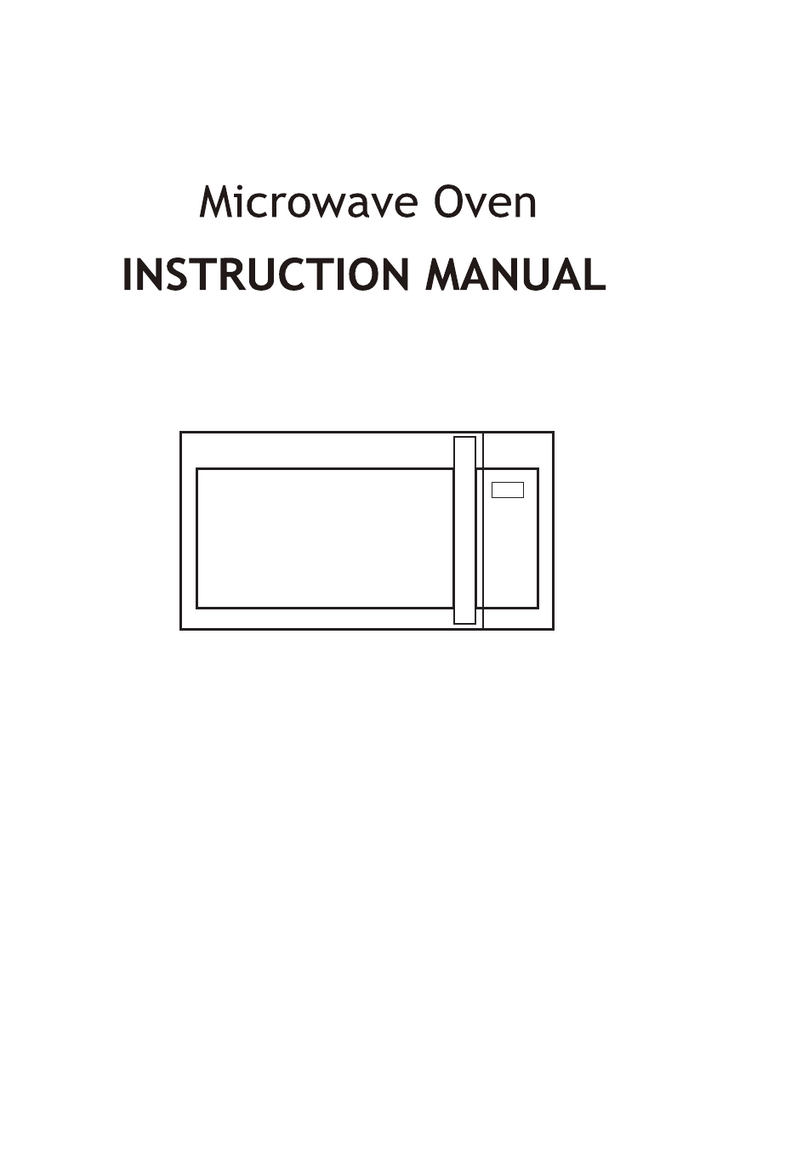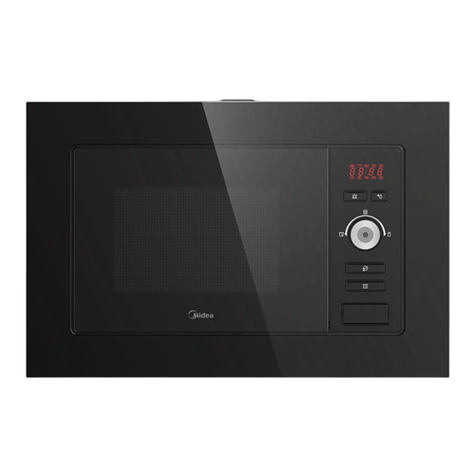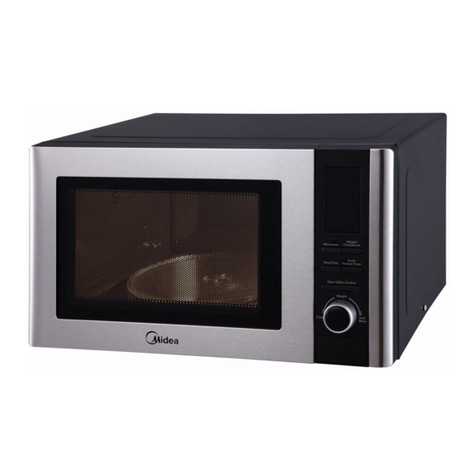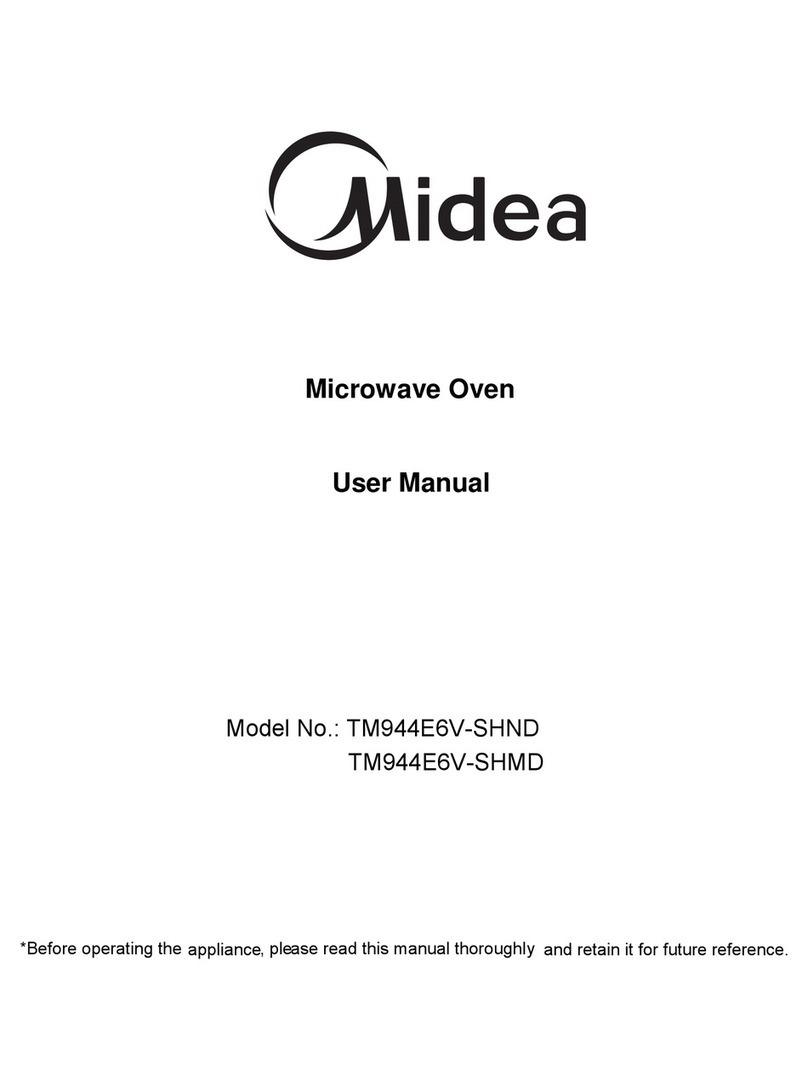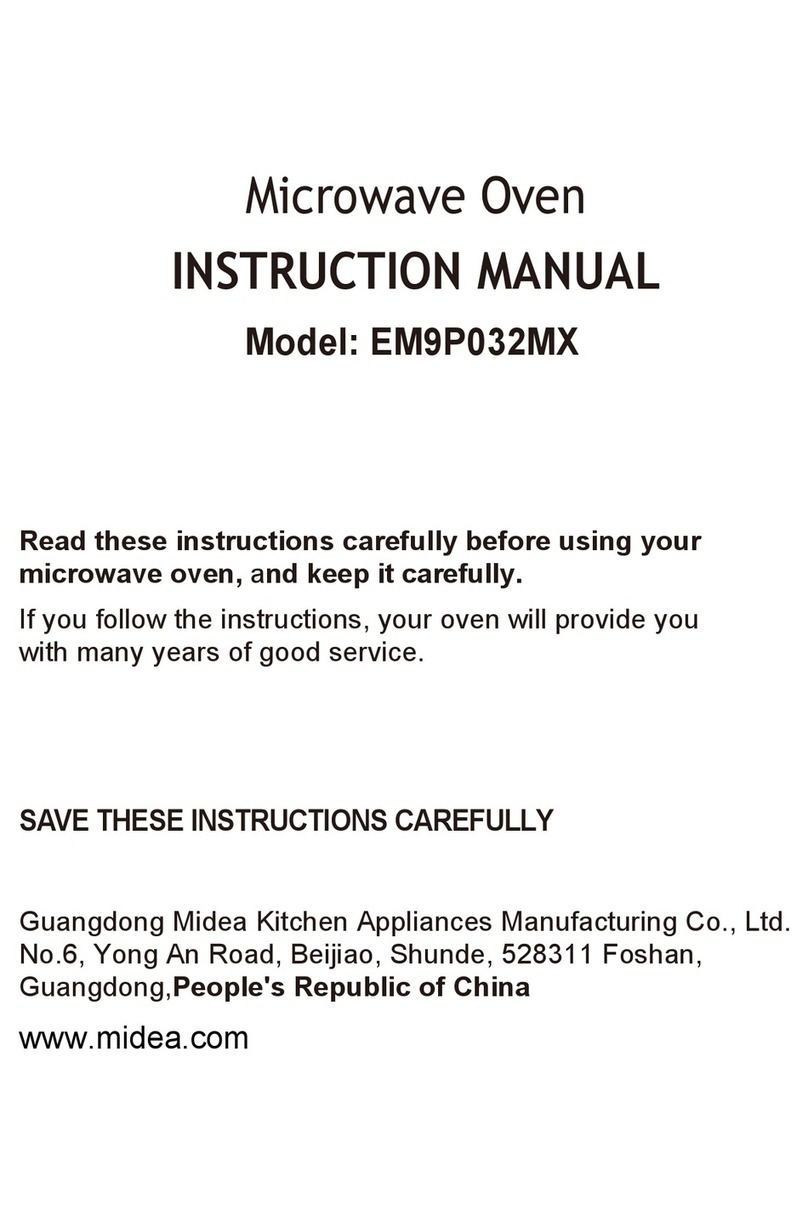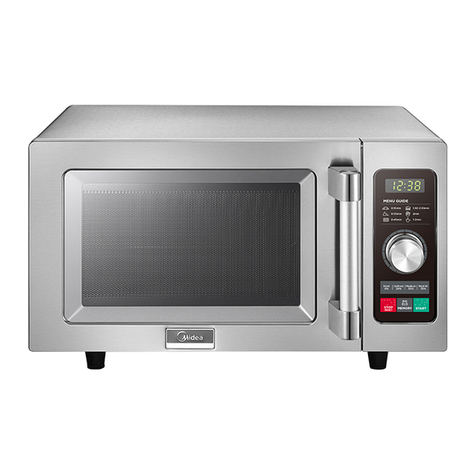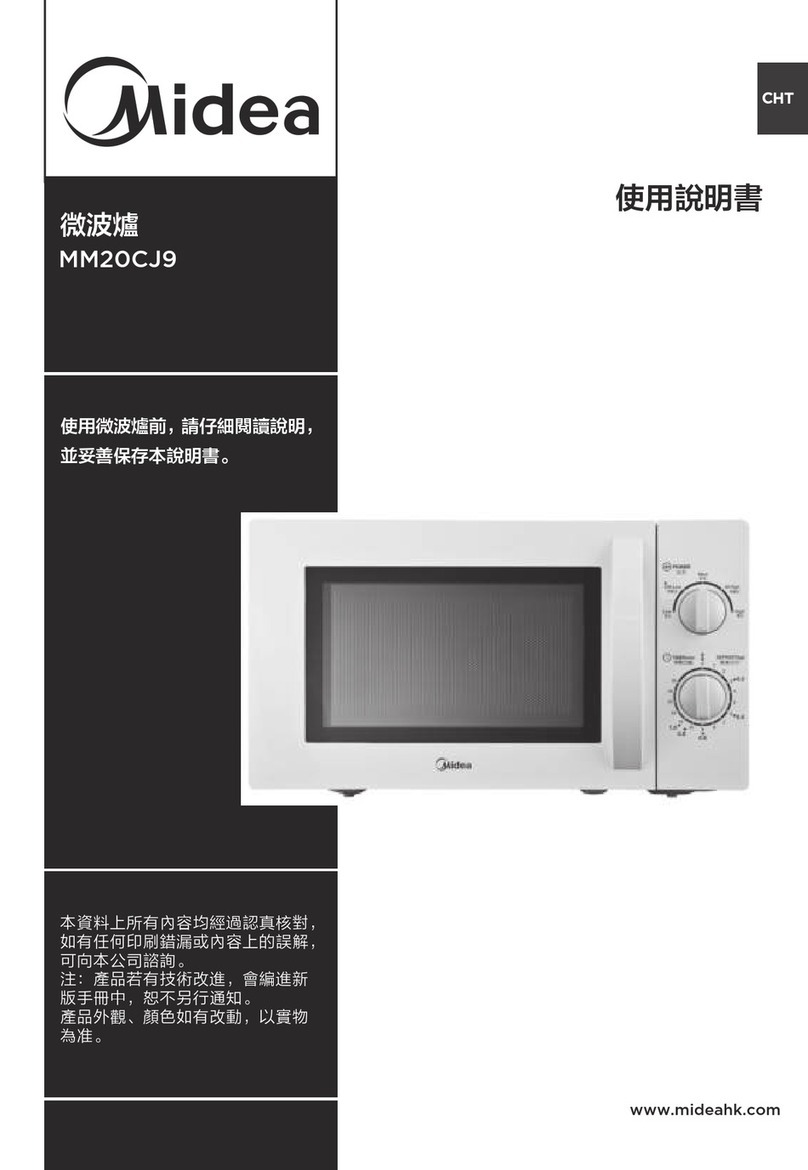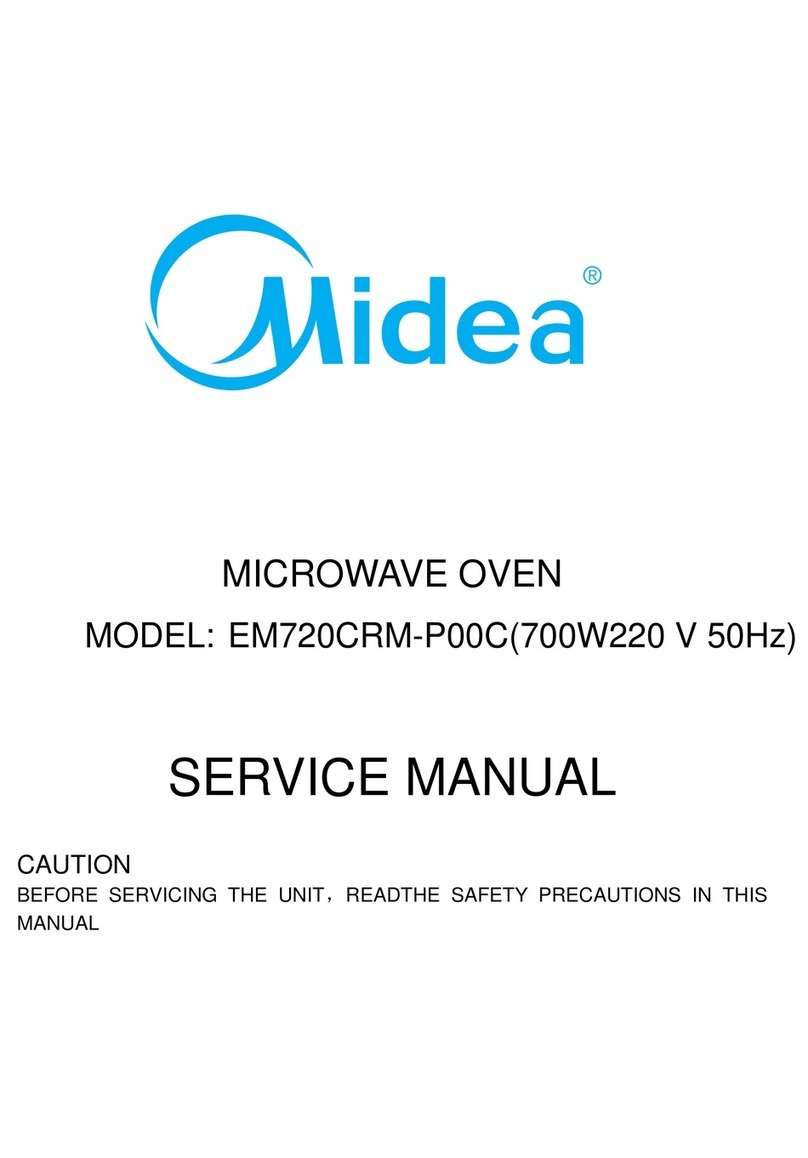
DO NOT
(a) DO NOT
DO NOTDO NOT
DO NOTDO NOT
DO NOT
Do not
DO NOT
DO NOT
DO NOT
IMPORTANT SAFETY INSTRUCTIONS
Thank you for purchasing a Panasonic MicrowaveOven
Your microwave oven is a cooking appliance and you should use as much care as you use with a stove or any other cooking appliance.
When using this electric appliance, basic safety precautions should be followed, including the following:
To reduce the risk of burns, electric shock, fire, injury to persons, or exposure to
excessivemicrowaveenergy:
1.
Read all instructions before using this appliance.
2.
Read and follow the specific “
PRECAUTIONS TO AVOID POSSIBLE EXPOSURE TO EXCESSIVE MICROWAVE ENERGY,
”above.
3.
This appliance must be grounded. Connect only to a properly grounded outlet. See “
GROUNDING INSTRUCTIONS
”found on page
4.
4.
As with any cooking appliance,
DO NOT
leave oven unattended while in use.
5.
Locate this appliance only in accordance with the installation instructions found on page 5.
6.
DO NOT
cover or block any openings on this appliance.
7.
DO NOT
store this appliance outdoors.
DO NOT
use this product near water (for example, near a kitchen sink, in a wet basement, or
near a swimming pool or similar locations).
8.
Use this appliance only for its intended use as described in this manual.
DO NOT
use corrosive chemicals, vapors or non-food products
in this appliance. This type of oven is specifically designed to heat or cook food. It is not designed for industrial or laboratory use. The
use of corrosive chemicals in heating or cleaning will damage the appliance and may result in radiation leaks.
9.
When cleaning surfaces of the door and oven that come together on closing the door, use only mild, non-abrasive soaps or
detergents applied with a sponge or soft cloth.
PRECAUTIONS TO AVOID POSSIBLE EXPOSURE
TOEXCESSIVEMICROWAVEENERGY
(a)
DO NOT
attempt to operate this oven with the door open,
since open-door operation can result in harmful exposure to
microwave energy. It is important not to defeat or tamper
with the safety interlocks.
(b)
DO NOT
place any object between the oven front face and
the door, or allow soil or cleaner residue to accumulate on
sealing surfaces.
(c)
DO NOT
operate the oven if it is damaged. It is particularly
important that the oven door close properly and that there is
no damage to the:
(1)
door (bent),
(2)
hinges and latches (broken or loosened),
(3)
door seals and sealing surfaces.
(d) The oven should not be adjusted or repaired by anyone
except properly qualified service personnel.
Your safety and the safety of others are very important.
We have provided important safety messages in this manual and on your appliance. Always read and obey all safety
messages.
This is the safety alert symbol. It is used to alert you to potential hazards that can kill or hurt you and others.
All safety messages will follow the safety alert symbol and either the word “DANGER”, “WARNING” or “CAUTION”. These
words mean:
DANGER
CAUTION
You can be killed or seriously injured if you don’t immediately follow instructions.
You can be killed or seriously injured if you don’t follow instructions.
You can be exposed to a potentially hazardous situation which, if not avoided, may result in
minor or moderate injury.
All safety messages will tell you what the potential hazard is, tell you how to reduce the chance of injury, and tell you what can happen
if the instructions are not followed.
WARNING
1
